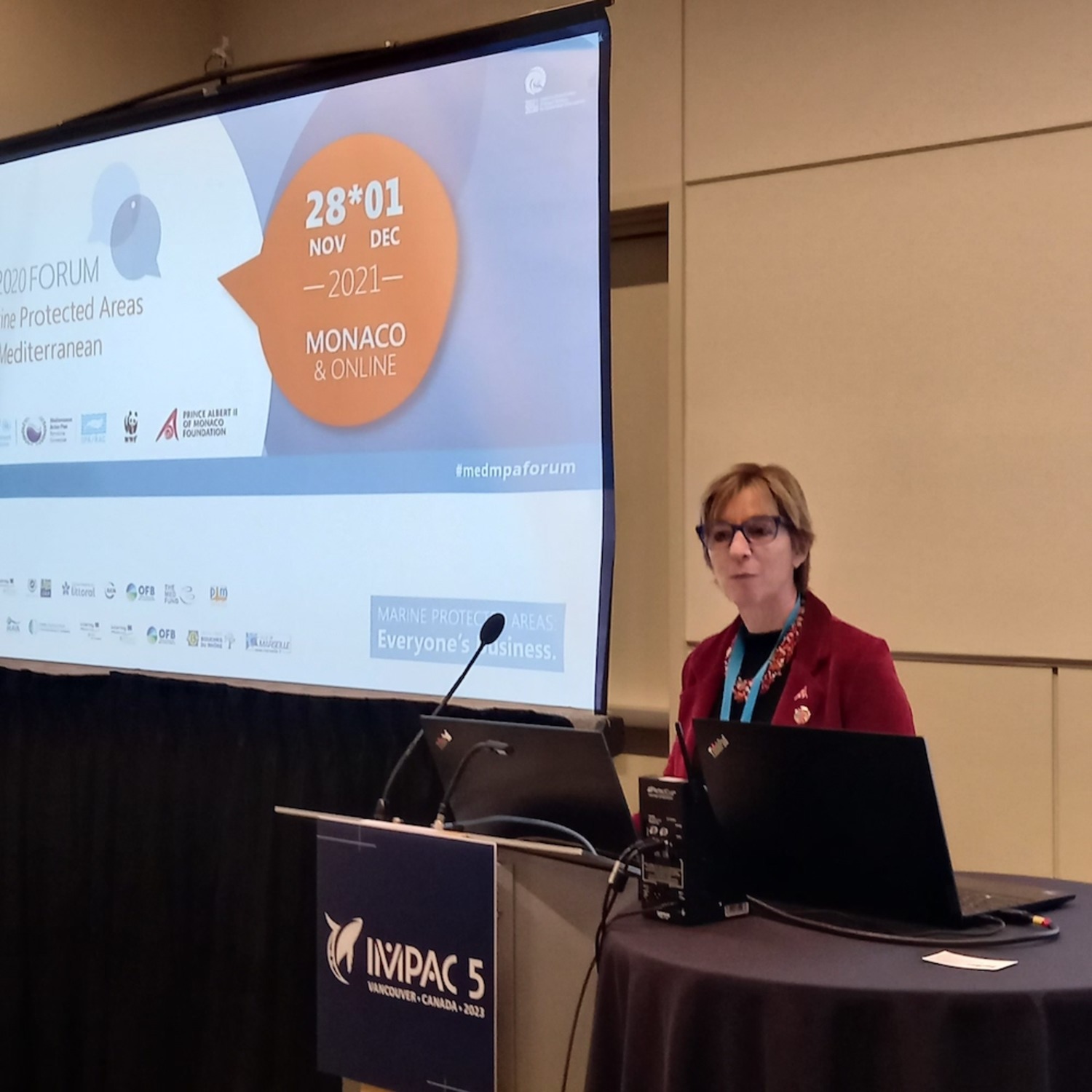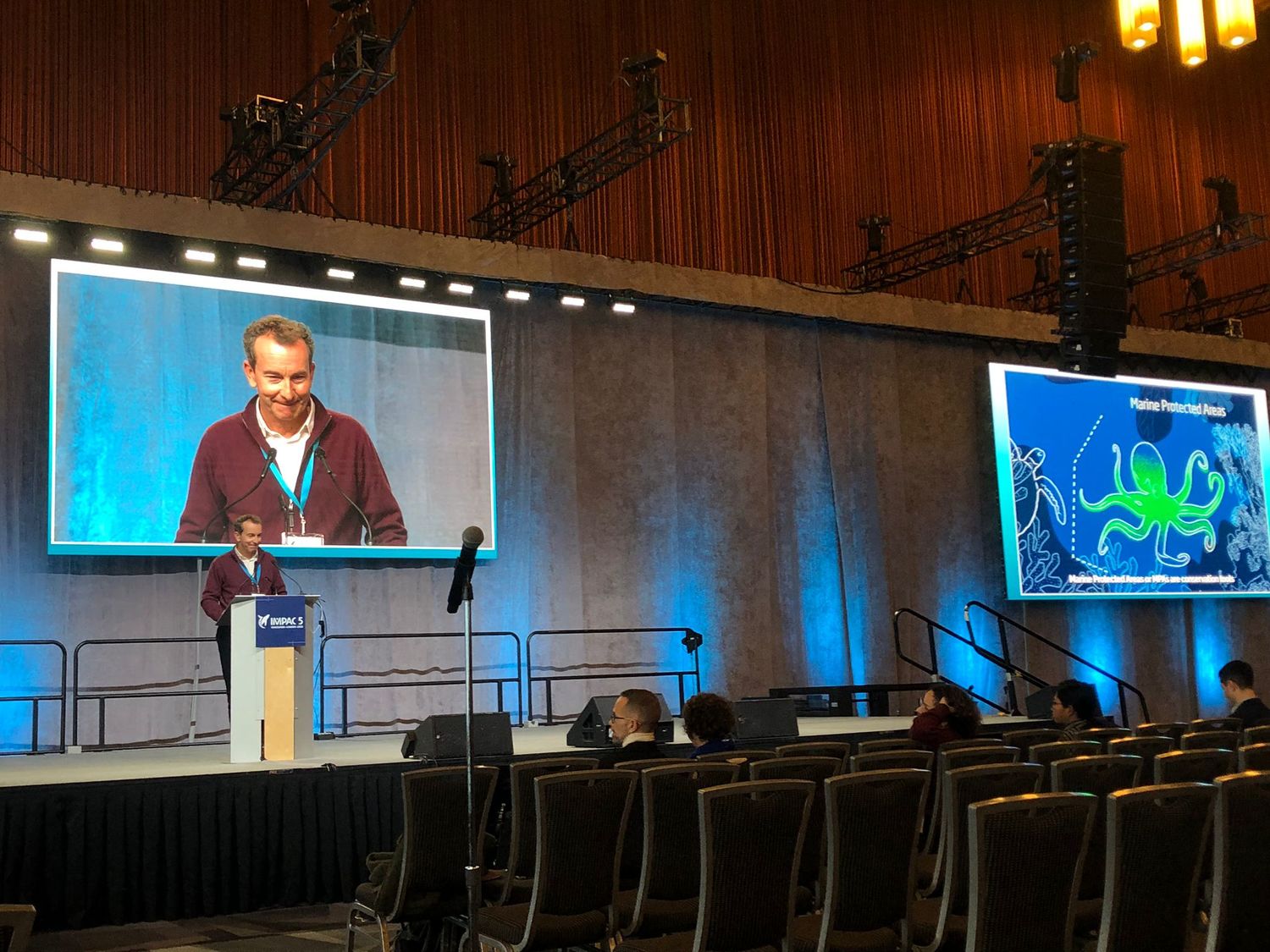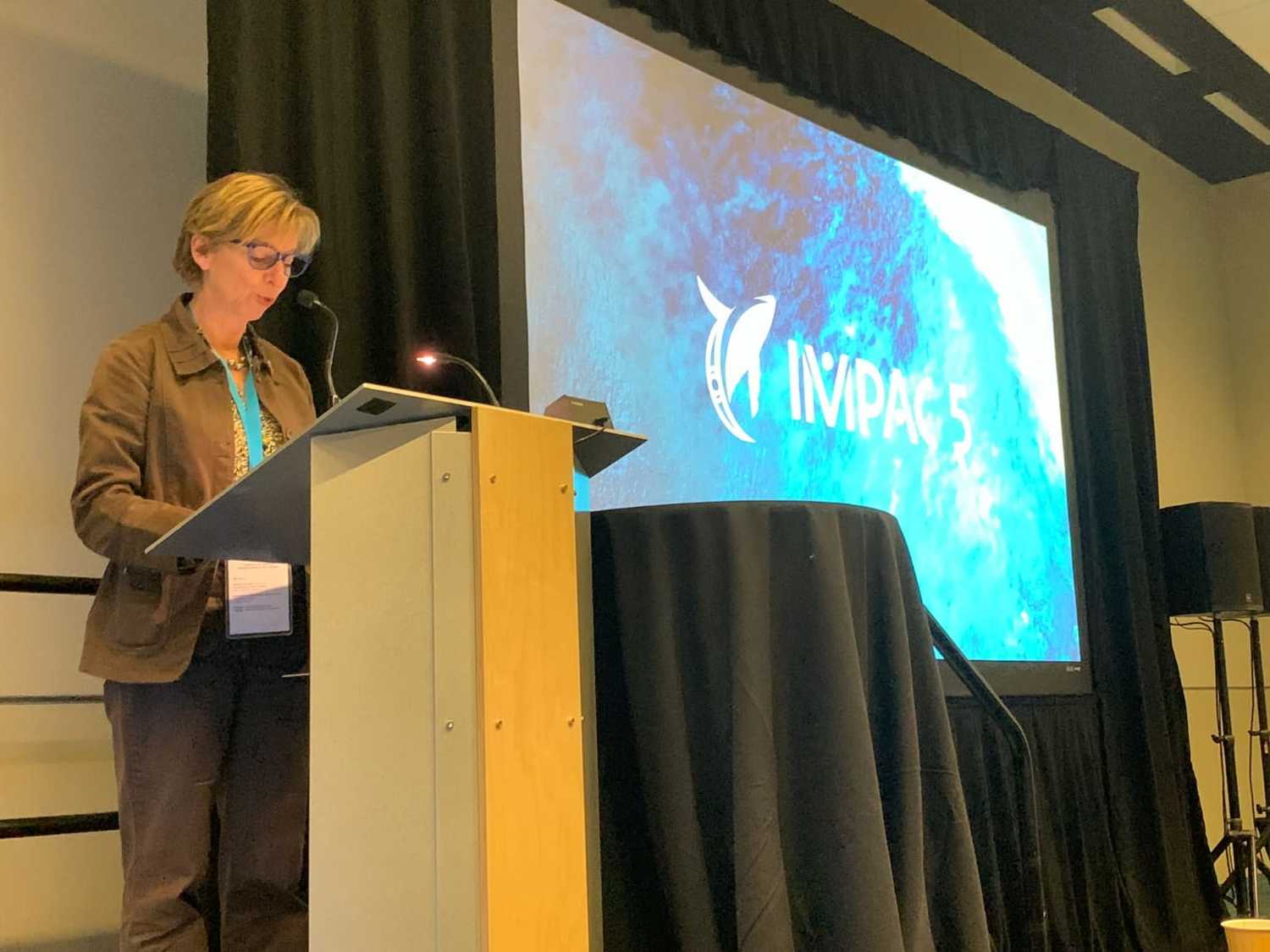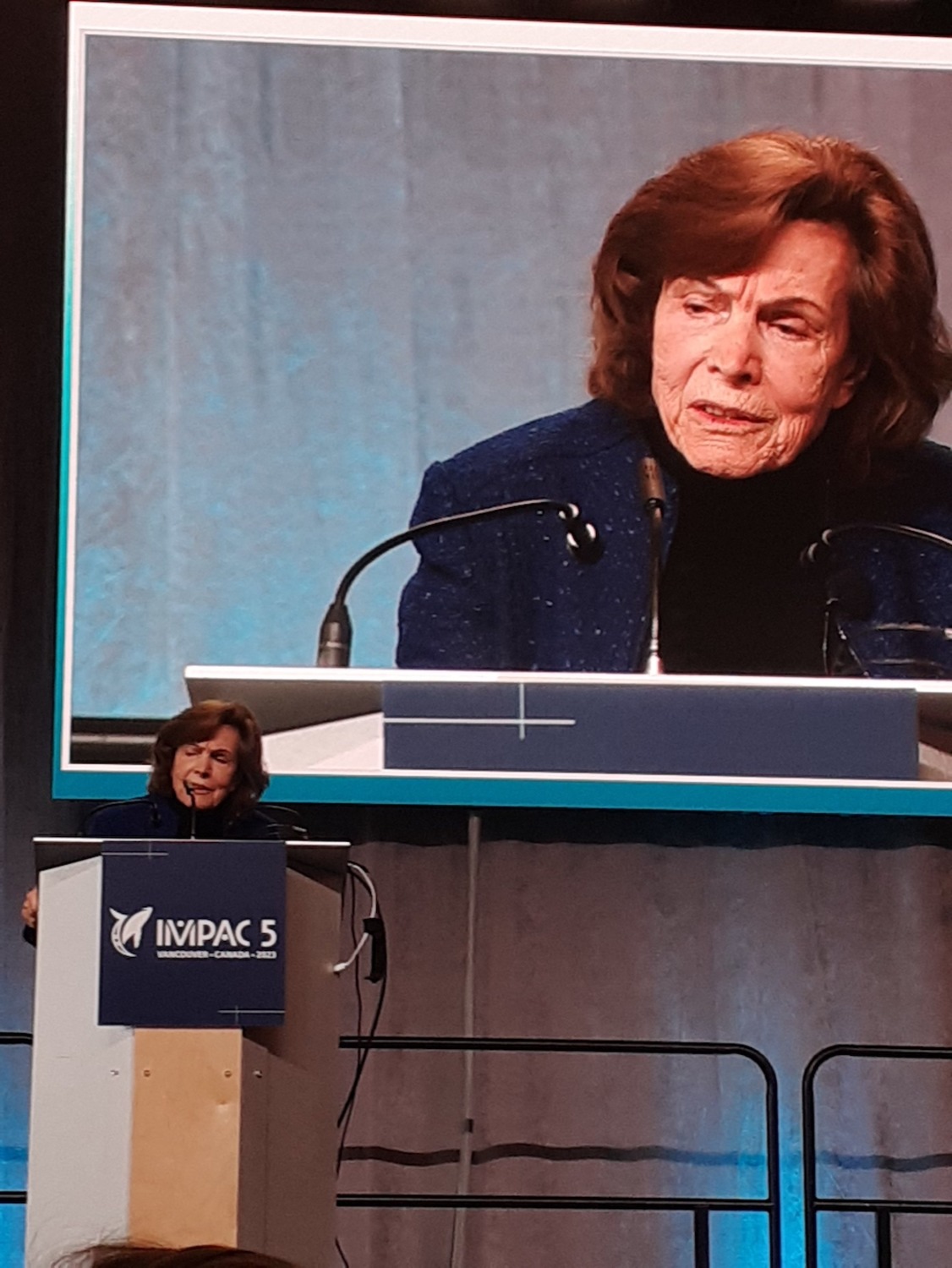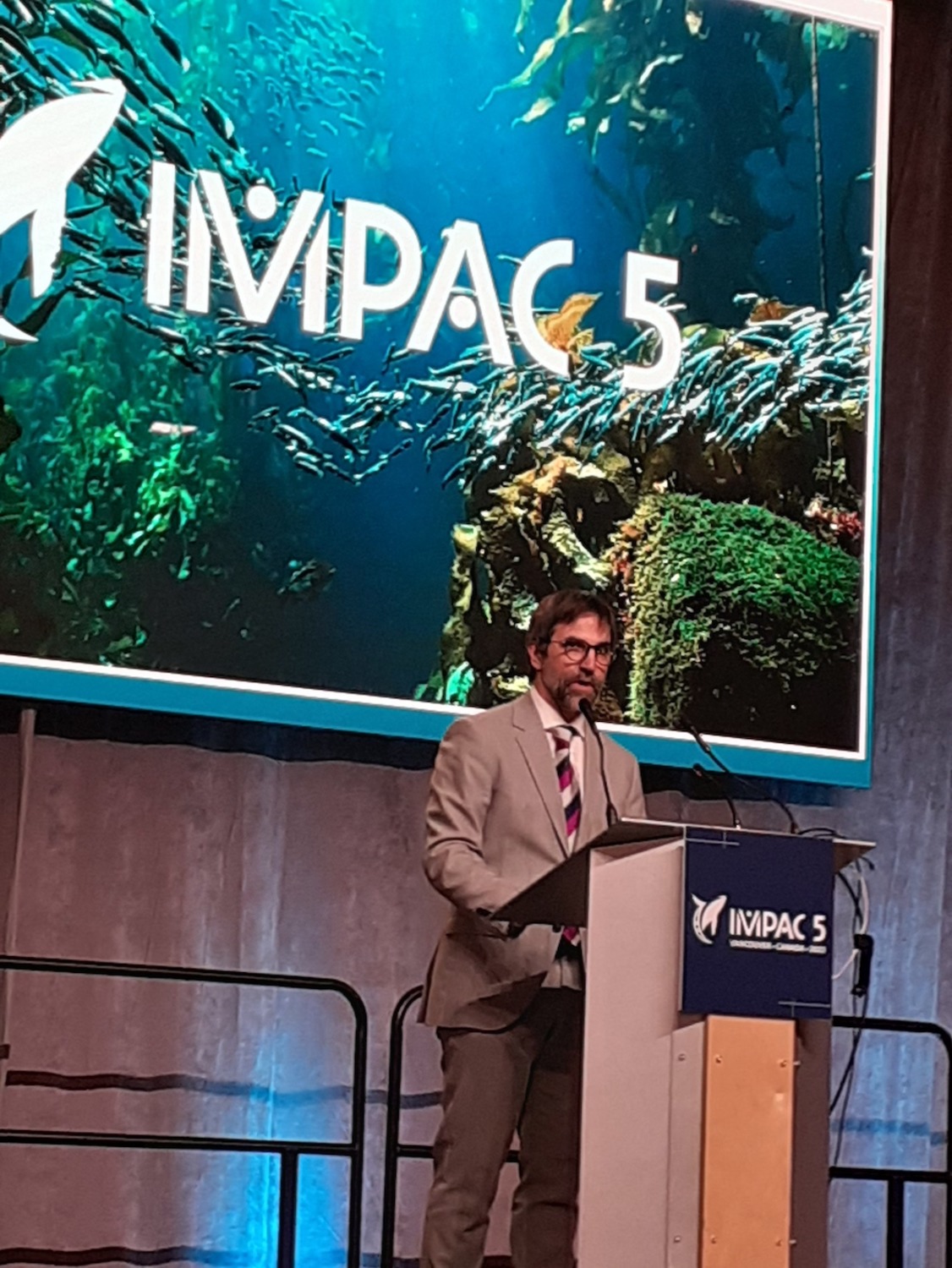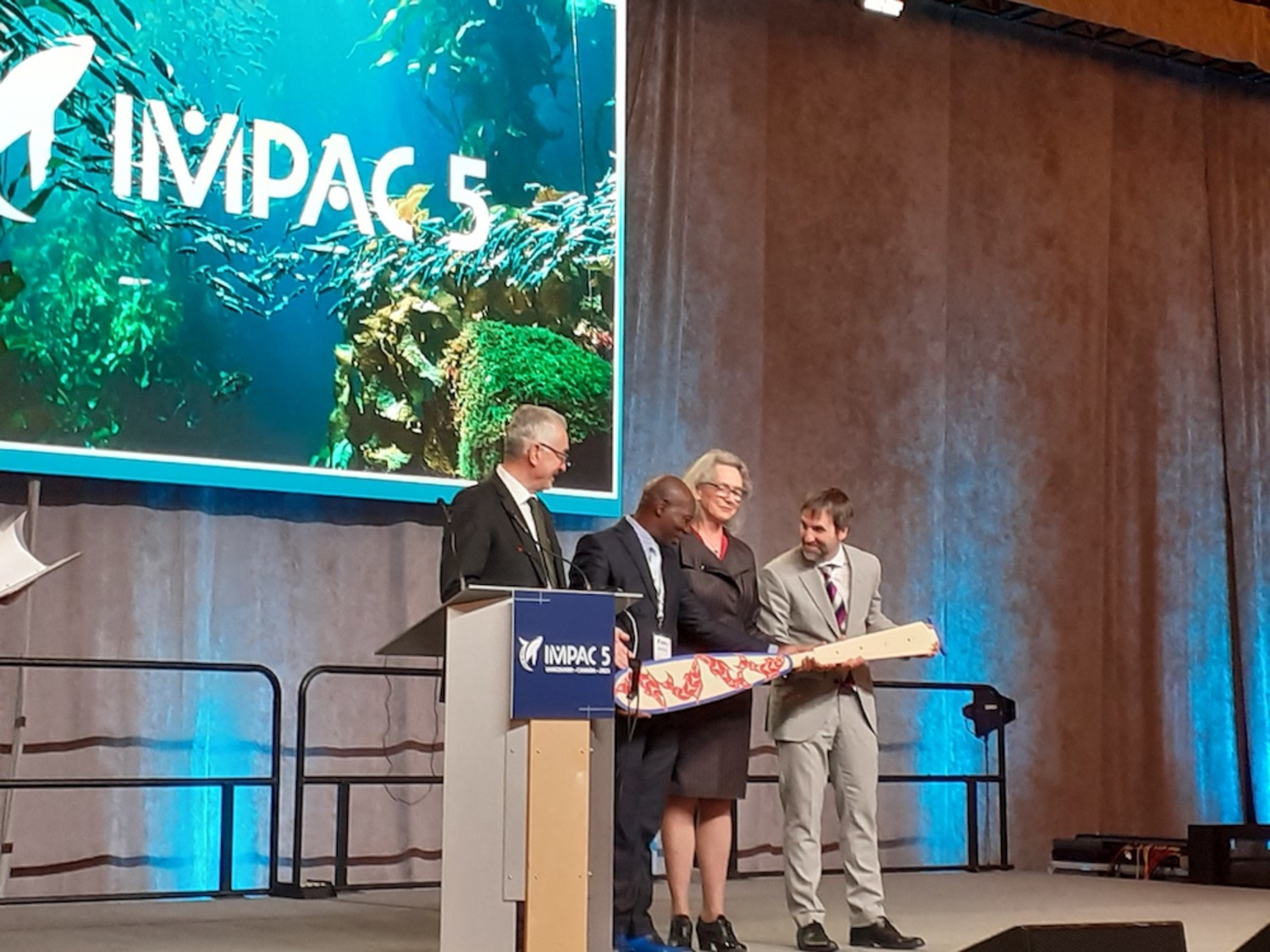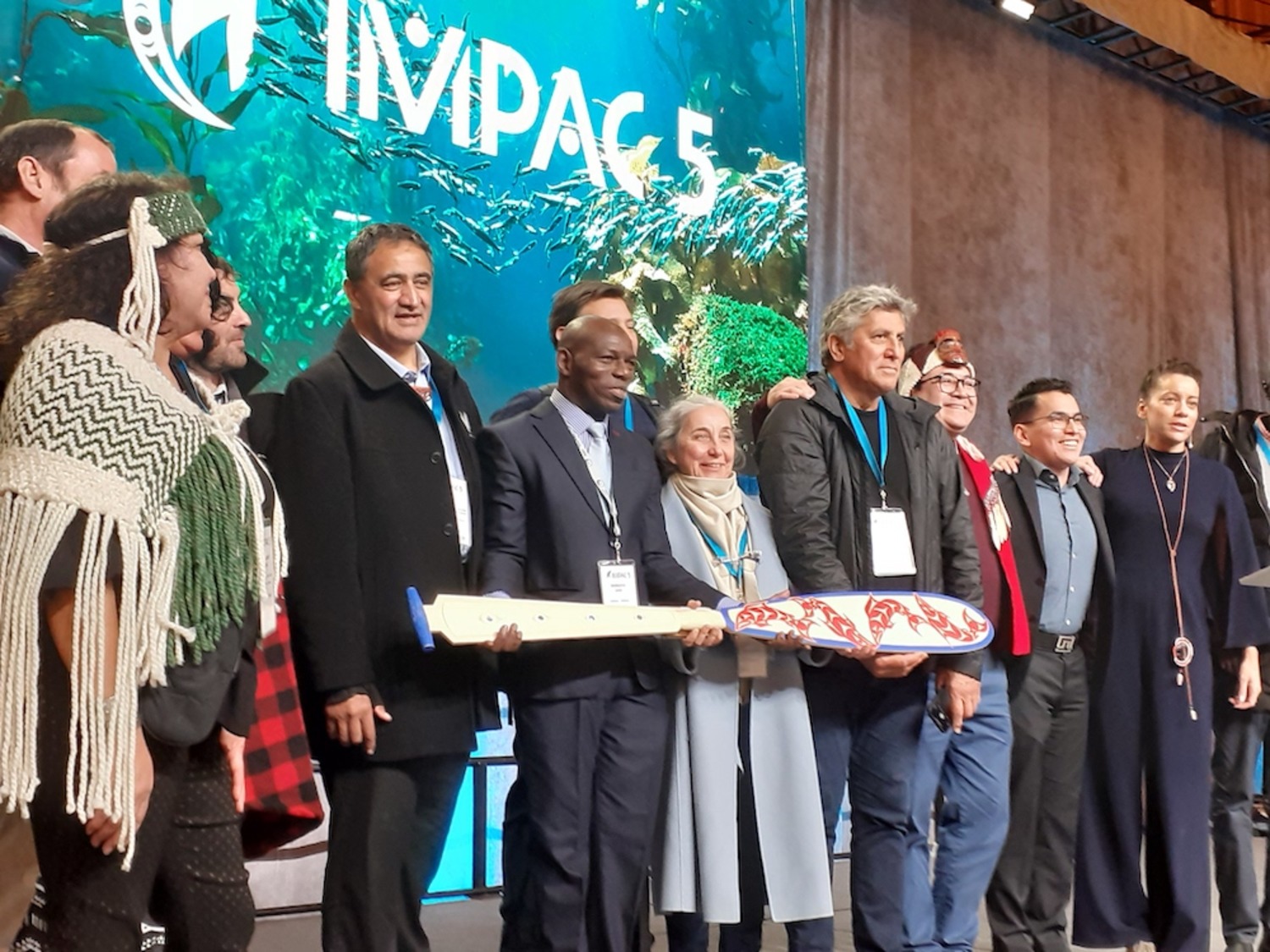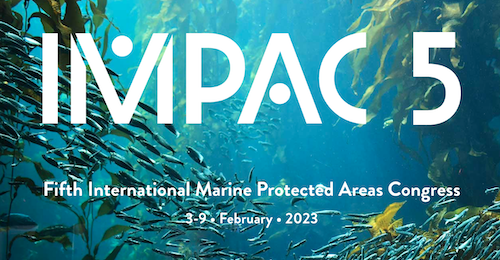
Key highlights of IMPAC5, the International Marine Protected Areas Congress
Events
IMPAC5 is the Fifth International Marine Protected Areas Congress, that took place in Vancouver, Canada, from February 3rd to 9th - a global forum that gathers ocean conservation professionals and high-level officials to inform, inspire and act on marine protected areas, including the goal of protecting at least 30 percent of the world's land and ocean by 2030 (30 by 30).
The event brought together a variety of professionals, government officials, Indigenous leaders, youth representatives, and others to discuss marine protected areas (MPAs), Other Effective Area-based Conservation Measures (OECMS), Indigenous Protected and Conserved Areas, marine spatial planning, sustainable finance solutions, and technological innovations.
Key highlights
- COP15 success and outcomes were very present throughout the Conference. The week kicked off with a half day workshop “ COP15 and 30x30: What's Next? Quality and Metrics” organized by IUCN, Pew Charitable Trust and WCPA on 3rd Feb to guide key 30 by 30 activities.
Ambassador Peter Thomson called for ‘IMPAC5 putting teeth into the 30x30 target’.
- Indigenous peoples and local communities, a strong feature throughout the Global Biodiversity Framework (GBF), were very present at IMPAC5. Not only in terms of their role in governance of MPAs but also their knowledge and spiritual connection to land and sea ensuring resilience and sustainability of protection of natural resources. The Canadian Government announced new significant areas as MPA under indigenous government and indigenous communities were well represented and active at the Congress.
- Emphasis of the Congress was on the extension of MPA coverage to reach the 30% by 2030 as much as on efficiency and high protection. MPAs currently account for some 8% of global sea coverage. Dr Daniel Pauly and other speakers pointed out that only 2-3% are indeed under some form of management or high protection and to the prevailing of many ‘paper parks’. The challenge is thus high. Including in the Mediterranean where only 0.04% are currently under high protection [out of 8.3%] and probably only 200 out 1000 MPAs have some form of management. Thus efforts of organisations such as the MedFund and MedPan to enhance management efficiency and high protection of MPAs are critical. Co-management with local communities and NGOs were presented as well as good solutions with increased attention to indigneous-led management.
- Conservation Finance was front and center at IMPAC5. With increased flowing of finance and innovative & sustainable finance strongly called for in view of SDG14 largerly the least funded of all SDGs . A great number of events on conservation trust funds as effective tools to support MPAs (such as The Medfund), blended finance approach and private sector finance such as GFCR and innovative finance and mechanisms.
- Deep Sea Mining (DSM) though not explicitly addressed remained persistent in a number of events and speeches. A demonstration took place outside of the Conference venue and in front of the Headquarters of The Metal Company, the Canadian company involved in seeking commercial exploitation. See https://ici.radio-canada.ca/nouvelle/1953755/exploitation-miniere-haute-mer-vancouver-impac5
Canada announced a moratorium on deep-sea mining in both territorial and international waters on the last day of the summit.
https://www.nationalobserver.com/2023/02/09/news/canada-declares-moratorium-deep-sea-mining-global-conservation-summit
Peter Thomson asserted “20% of the Ocean is what we know today. We should not be taking decisions in ignorance” [referring to Deep Sea Mining]. Similar calls were made from Sylvia Earle and others.
- IMPAC5 passed on the baton to Senegal which would then be hosting IMPAC6 in 4 years time.
